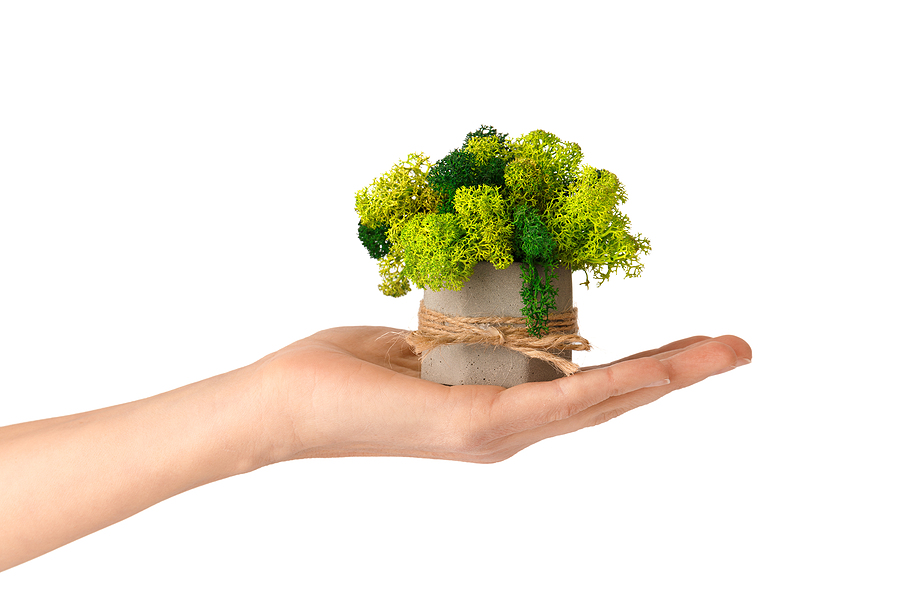Mosses may be the unsung heroes of the plant world, new research has revealed.
The ancient ancestor of all plants is vital for the health of the entire planet, laying the foundations for other plants to flourish while mitigating climate change by capturing up to six times more carbon dioxide than other plants, a global study has found.
Researchers collected mosses from more than 123 ecosystems across the globe and examined what was happening in soils dominated by mosses and soils without.
Lead author of the University of NSW study, David Eldridge said he was “gobsmacked” by what his team found.
In patches of soil where mosses were present, researchers found more nutrient cycling, decomposition of organic matter and control of harmful pathogens.
Mosses absorbed up to six times more carbon dioxide than their plant counterparts and could support the storage of 6.43 billion tonnes of carbon dioxide from the atmosphere.
The United States emitted 5.98 billion tonnes of carbon dioxide equivalents in 2020.
“We think mosses are sucking up six times more carbon dioxide, so it’s not one-to-one – it’s six times better,” Dr Eldridge said.
The levels of carbon capture were of a similar magnitude of levels of carbon release from agricultural practices such as land clearing and overgrazing, the report said.
As well as adding more vital carbon and nitrogen to the soil, mosses hold soil together and act as primary stabilisers during soil disturbance.
When moss is lost through land clearing or natural disturbances, erosion is more likely and “the whole system becomes destabilised”, Dr Eldridge said.
Without moss, our ecosystems would be in big trouble.
Dr Eldridge cited research following the eruption in 1980 of the Mount St Helens volcano in the US Pacific Northwest, where most of the area’s flora and fauna was denuded near the eruption site.
“The first things to come back were cyanobacteria – blue-green algae – because they’re very primitive,” he said.
“Then mosses came back.”
The increased level of carbon and nitrogen from mosses helped to prime the soil for the return of trees, shrubs and grasses.
“So they’re the first guys that get in there and fix things up and then first to leave,” Dr Eldridge said.
Significantly, mosses are different to vascular plants with root-like growths anchored to the soil surface that pick up water from the atmosphere to survive.
“Some mosses, like the ones in the dry parts of Australia, curl when they get dry, but they don’t die – they live in suspended animation forever,” he said.
“We’ve taken mosses out of a packet after 100 years, squirted them with water and watched them come to life. Their cells don’t disintegrate like ordinary plants do.”
The researchers hope to examine whether urban mosses can create healthy soils as effectively as those growing in natural areas by reintroducing mosses into degraded soils to speed up the regeneration process.
“Mosses may well provide the perfect vehicle to kick start the recovery of severely degraded urban and natural area soils,” Dr Eldridge said.
The study on global contribution of soil mosses to ecosystem services was published on Tuesday in the Nature Geoscience journal.
Samantha Lock
(Australian Associated Press)





